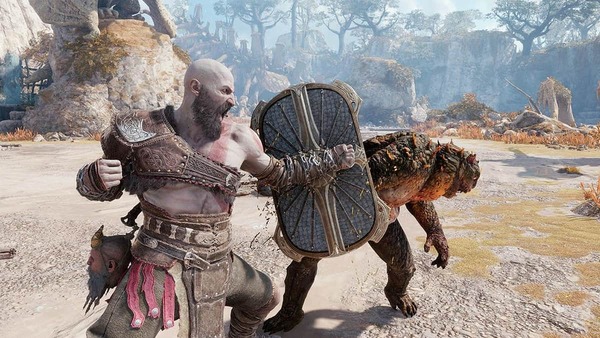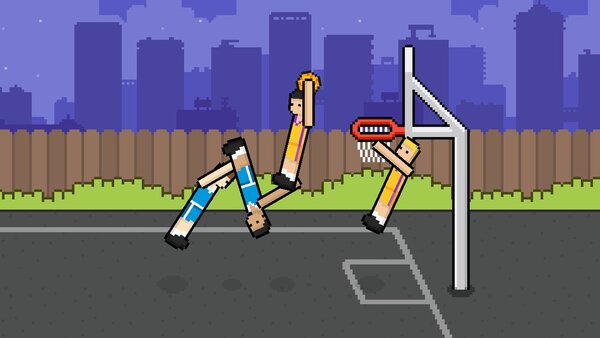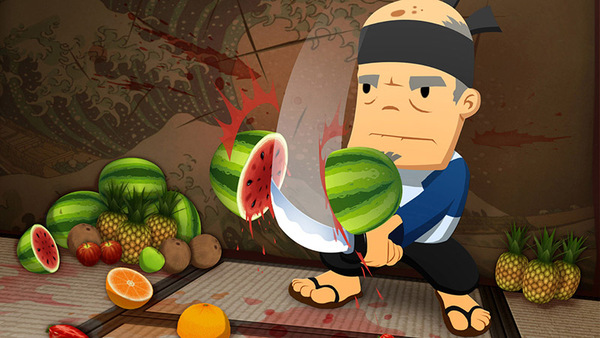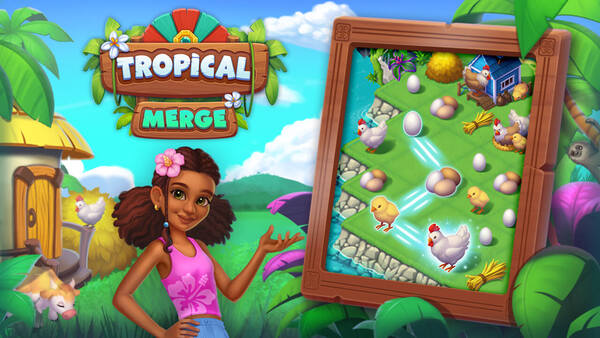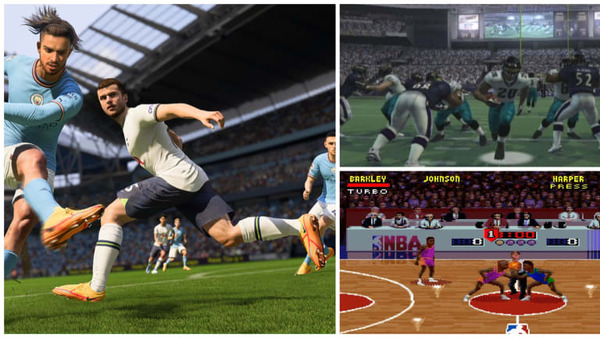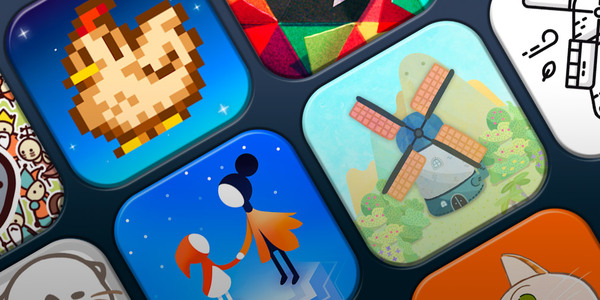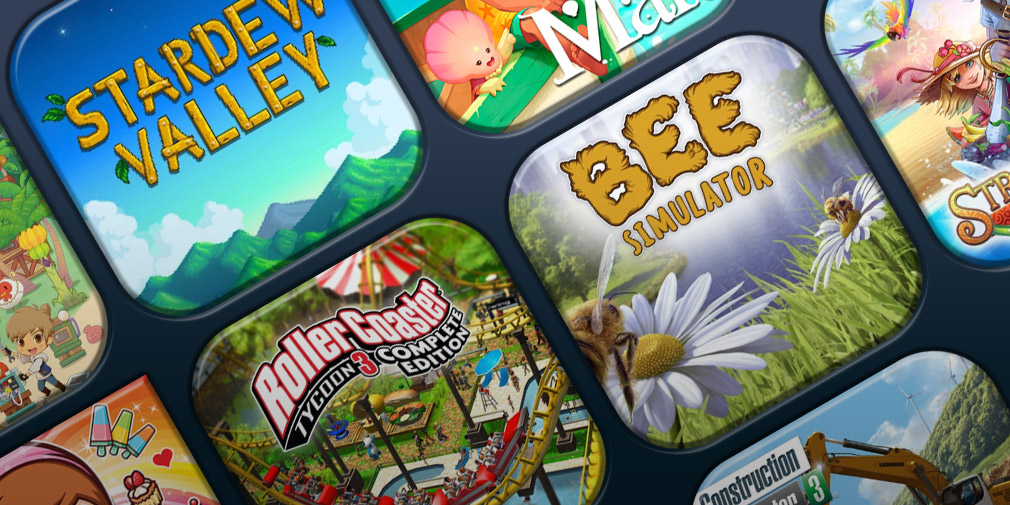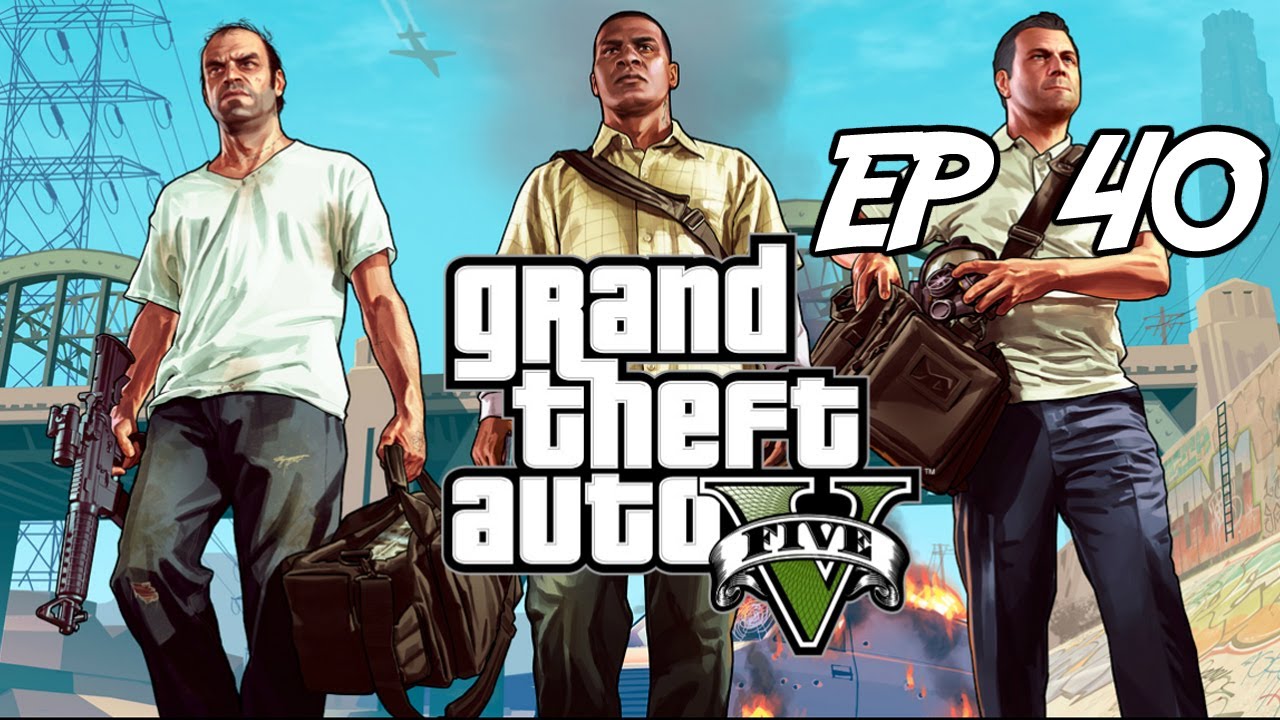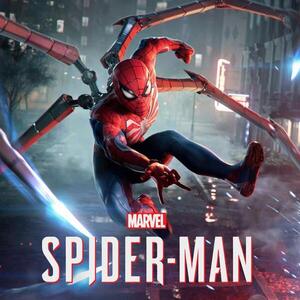
Spider-Man
All trademarks belong to their respective owners.
Advertisement
Popular Now
Since his debut in 1962, Spider-Man has swung his way into the hearts of millions, becoming one of the most iconic superheroes of all time. From comic books to blockbuster movies, video games, and merchandise, the web-slinger’s influence is undeniable. In this review, we’ll explore Spider-Man’s evolution, cultural impact, and the various claims surrounding his character—whether it’s debates over the best portrayal or legal battles over ownership.
1. The Birth of Spider-Man (1962)
Stan Lee and Steve Ditko’s Creation
Spider-Man was co-created by Stan Lee and Steve Ditko, first appearing in Amazing Fantasy #15. Unlike other heroes at the time, Peter Parker was a relatable teenager dealing with everyday struggles, making him an instant hit.
Why Spider-Man Stood Out
The character’s vulnerability and moral dilemmas set him apart. His famous motto, "With great power comes great responsibility," became a cornerstone of his identity.
2. The Rise of Spider-Man in Comics (1960s-1980s)
Expanding the Spider-Verse
The Spider-Man comics introduced key villains like Green Goblin, Doctor Octopus, and Venom, solidifying his rogues' gallery as one of the best in comics.
Key Story Arcs
The Night Gwen Stacy Died (1973) – A groundbreaking moment in comics.
The Symbiote Saga (1984) – Introducing the black suit and Venom.
3. Spider-Man in Animated Series (1990s)
The Iconic 90s Cartoon
The Spider-Man: The Animated Series (1994) was a major success, adapting classic storylines while introducing new fans to the web-slinger.
Impact on Pop Culture
This series helped Spider-Man remain relevant in the '90s, paving the way for future adaptations.
4. The Sam Raimi Trilogy (2002-2007)
Tobey Maguire’s Portrayal
Sam Raimi’s Spider-Man (2002) starring Tobey Maguire was a box-office smash, setting new standards for superhero films.
Controversies and Claims
Some fans claim this version is the best, while others criticize its campy tone. The trilogy’s influence is still debated today.
5. The Amazing Spider-Man Reboot (2012-2014)
Andrew Garfield’s Take
Marc Webb’s reboot starred Andrew Garfield, offering a more modern, emotional take on Peter Parker.
Why It Divided Fans
While praised for its chemistry between Garfield and Emma Stone, some reviews criticized its weak villain lineup and rushed sequels.
6. Spider-Man in the MCU (2016-Present)
Tom Holland’s Debut
Tom Holland brought a youthful energy to Captain America: Civil War (2016), making him a fan-favorite.
Legal Claims Over Ownership
Sony and Marvel’s deal allowed Spider-Man into the MCU, but disputes over profits led to temporary removals, sparking fan outrage.
7. Spider-Man: Into the Spider-Verse (2018)
A Groundbreaking Animated Film
This Oscar-winning movie introduced Miles Morales, proving that multiple Spider-People could coexist.
Critical and Fan Reception
The film’s animation style and storytelling earned universal acclaim in every review.
8. Spider-Man Video Games (2000-Present)
From PS1 to PS5
Games like *Spider-Man 2* (2004) and Marvel’s Spider-Man (2018) set benchmarks for superhero gaming.
Why Insomniac’s Spider-Man Stands Out
Stunning graphics
Engaging story
Fluid web-swinging mechanics
9. Spider-Man’s Cultural Impact
Merchandise and Global Recognition
From toys to theme park rides, Spider-Man is a merchandising juggernaut.
Representation Matters
Characters like Miles Morales and Spider-Gwen have made the franchise more inclusive.
10. The Future of Spider-Man
Upcoming Movies and Spin-offs
With *Spider-Man 4* and Spider-Verse sequels in development, the future looks bright.
Ongoing Legal Claims
Sony and Disney’s partnership remains shaky, leaving fans wondering about Spider-Man’s MCU future.
Conclusion
From comics to the big screen, Spider-Man has cemented his legacy as a pop culture icon. Whether through heated fan debates or corporate claims, his story continues to evolve. As new generations discover the web-slinger, one thing is certain—Spider-Man isn’t going anywhere.
Latest Posts
Latest Reviews
-
 Hot Dog Bush
Read full review
Hot Dog Bush
Read full review
-
 Spider-Man
Read full review
Spider-Man
Read full review
-
 Schedule 1
Schedule 1 is an open-world crime simulation game that has been taking the Steam scene by storm since its launch on March 24, 2025. Developed by TVGS (Tyler's Video Game Studio) - an independent developer in Australia, the game combines business management, strategy and dark humor, inspired by the Breaking Bad series.
Read full review
Schedule 1
Schedule 1 is an open-world crime simulation game that has been taking the Steam scene by storm since its launch on March 24, 2025. Developed by TVGS (Tyler's Video Game Studio) - an independent developer in Australia, the game combines business management, strategy and dark humor, inspired by the Breaking Bad series.
Read full review
-
 REPO (R.E.P.O. Mobile)
In today’s world, where mobile gaming is more advanced than ever, few titles have managed to capture the blend of strategy, action, and immersive storytelling quite like R.E.P.O. Mobile. Short for Recover, Engage, Pursue, Overcome, R.E.P.O. Mobile has carved a niche in tactical gaming for players who crave depth and mobility. Whether you're managing covert operations, planning tactical recoveries, or engaging in futuristic urban warfare, R.E.P.O. Mobile delivers a robust experience designed for touchscreen devices.
Read full review
REPO (R.E.P.O. Mobile)
In today’s world, where mobile gaming is more advanced than ever, few titles have managed to capture the blend of strategy, action, and immersive storytelling quite like R.E.P.O. Mobile. Short for Recover, Engage, Pursue, Overcome, R.E.P.O. Mobile has carved a niche in tactical gaming for players who crave depth and mobility. Whether you're managing covert operations, planning tactical recoveries, or engaging in futuristic urban warfare, R.E.P.O. Mobile delivers a robust experience designed for touchscreen devices.
Read full review
-
 Core Keeper
Explore Core Keeper's gameplay, combat, biomes, and tips in this in-depth review. Discover strategies and features to enhance your adventure.
Read full review
Core Keeper
Explore Core Keeper's gameplay, combat, biomes, and tips in this in-depth review. Discover strategies and features to enhance your adventure.
Read full review
-
 EA SPORT FC 25
EA SPORTS FC 25 marks the beginning of a new chapter for EA's football franchise, and fans will notice some exciting changes that keep the game both familiar and refreshingly different
Read full review
EA SPORT FC 25
EA SPORTS FC 25 marks the beginning of a new chapter for EA's football franchise, and fans will notice some exciting changes that keep the game both familiar and refreshingly different
Read full review








